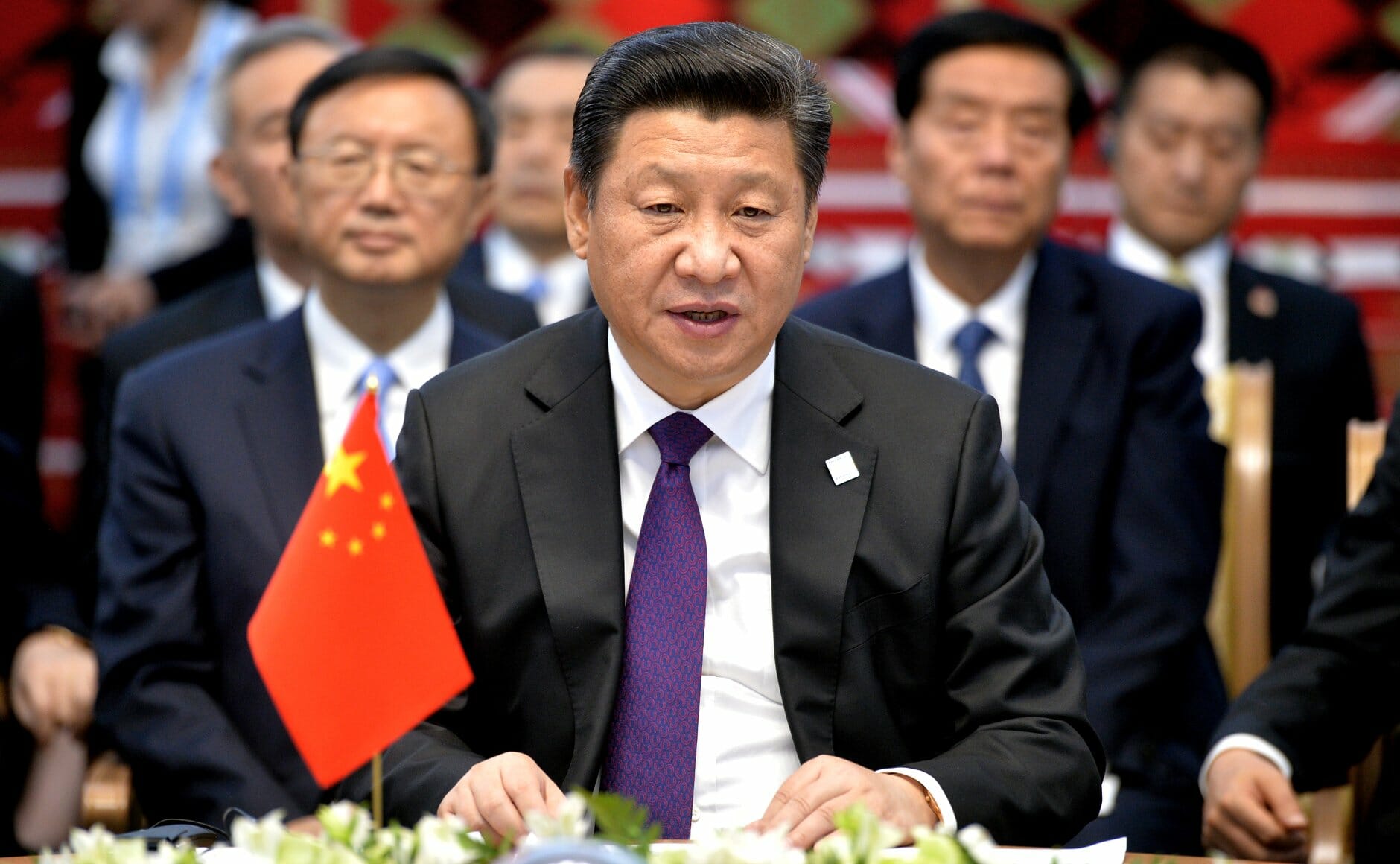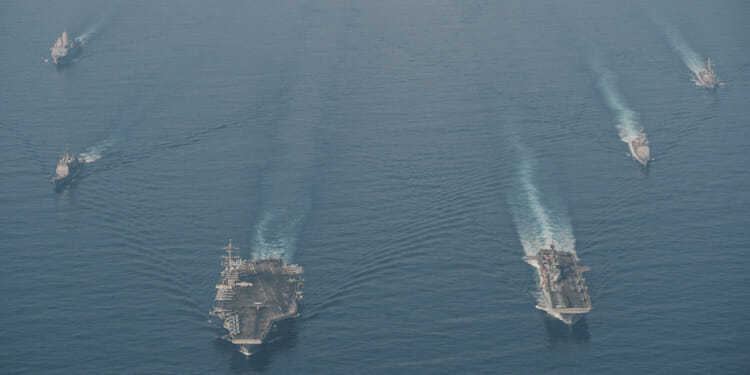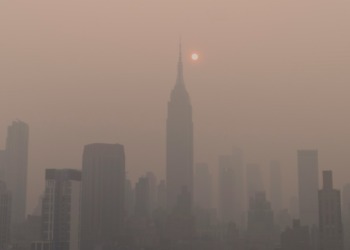China-Taiwan tensions are the “worst in 40 years”, according to Taiwan’s defence minister, Chiu Kuo-cheng. Now many are concerned that these tensions could reach the point of military action.
Tensions have certainly increased over the past month, as a record number of Chinese warplanes flew through Taiwan’s air defence zone. This air defence zone is an area around Taiwan that it monitors for military threats, which includes the strait between China and Taiwan, and a significant part of China itself.
On Saturday, President Xi Jinping vowed there would be a “peaceful reunification” of China into Taiwan, while Taiwan’s President Tsai Ing-wen responded by saying that the “Taiwanese people will not bow to pressure”. The Taiwanese government is looking to bolster their military to help fight against any potential invasion.

A brief history of China-Taiwan relations
For more than 70 years, Taiwan has refused to agree to China’s demands for reunification. After the Chinese Communist Revolution of 1949, Taiwan broke away from the Chinese communists, the defeated Nationalist government fleeing to the island. It now has its own government – a liberal democracy – and a military force with the task to ward off threats of invasion from China.
Related Articles: US – China: Risk of Conflict in the South China Sea? | Rising China vs. Dominant America: How Likely is a War? | Can China’s Rise To Power Be Peaceful? Here Is What Political Theories Tell Us
But recognising Taiwan as a country is still something that comes with serious political and diplomatic ramifications. The United Nations recognises Taiwan as part of China, and few countries grant it “country status”.
Despite hostilities, China is still Taiwan’s largest trading partner. Taiwan is a highly developed economy, and has a GDP per capita higher than Germany.
Taiwan looks to the United States for military support, the U.S. being the main provider of arms to the island. China has criticised the U.S. for this on repeated occasions.
Why have tensions increased recently?
China has viewed the South China seas as its own “backyard” for a long time and military operations have sharply increased over the recent year, and in October have reached a boiling point.
In August, in response to the U.S. sending a warship through the Taiwan strait, China launched a series of air and naval drills in the seas to the southwest of Taiwan. This was one of the largest mock invasions in the region ever to take place, China attempting to show its ability to reunify by force if necessary.
#USSBarry conducted a routine #TaiwanStrait transit Sept. 17 (local time Taiwan) through international waters in accordance with international law.#FreeandOpenIndoPacific #US7thFleet @USNavy
Read more here. https://t.co/EUEcggJKkp
— 7th Fleet (@US7thFleet) September 17, 2021
The looming threat of war – or is it just sabre rattling?
It’s fair to say that if a war did take place, China has a much higher chance of winning. Its recently modernised military would outnumber Taiwan’s, assuming the island did not receive additional support.
However, it’s far from a certainty that a war, or any fighting for that matter, will actually take place. Tensions could be higher than they are, and an invasion would still be a difficult and economically (as well as politically) costly task.
War would not be a good option to resolve the tensions, nor would reunification with the mainland. Taiwan has a long history of self-government, and to deny them that would be denying them their own right to self-determination. But a war that draws major powers into the conflict would necessarily have a massive political fallout.

While China deserves a lot of the blame for the increasing tensions, the U.S is not blameless. The country has maintained a massive presence in the South China Sea, with an unprecedented level of activity this year. This is without even mentioning the number of military bases the U.S. has in the Asia Pacific region.
Both superpowers threaten to start a proxy war in order to defend their own interests, whether they be nationalist or economic.
A cold war between the US and China would be awful, but a hot one even worse. Having the two largest powers fight each other, at a time when it is vital to collaborate to fight the climate crisis, would be absolutely catastrophic. It is in every sides’ best interest that these tensions be resolved sooner rather than later.
Editor’s Note: The opinions expressed here by Impakter.com columnists are their own, not those of Impakter.com. — In the Featured Photo: Aircraft carriers belonging to the U.S. Pacific Fleet. Featured Photo Credit: U.S. Pacific Fleet.









